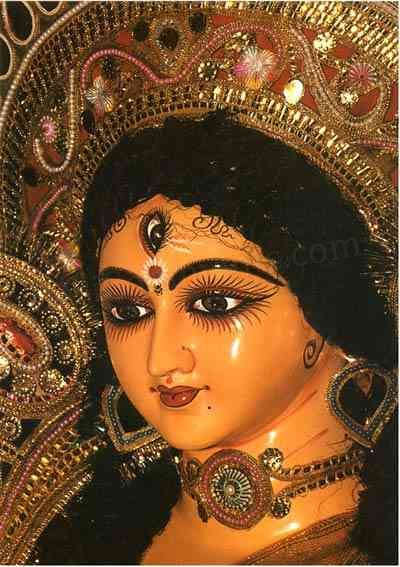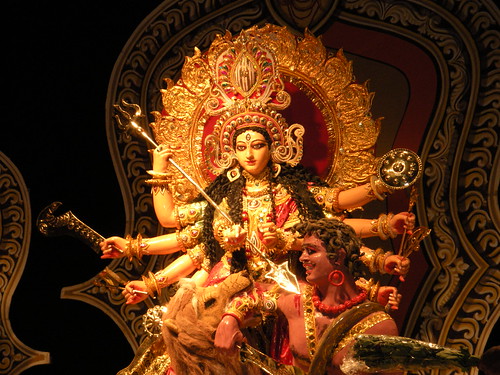110001 New Delhi HO, Sansad Marg HPO, Baroda House, Bengali Market, Bhagat Singh Market, Connaught Place, Constitution House, Election Commission, Janpath, North Avenue, Parliament House, Patiala House, Pragati Maidan, Rail Bhawan, Secretariat North, Shastri Bhawan
110002 Indraprastha HPO, Ajmeri Gate Extn., Darya Ganj, Gandhi Smarak Nidhi, I.P.Estate, Minto Road, Rajghat Power House
110003 C G O Complex, Delhi High Court, Golf Links, Kasturba Nagar, Lodi Colony, Pandara Road, Pragati Vihar, Safdarjung Air Port
110004 Rashtrapati Bhawan
110005 Anand Parbat PO, Bank Street, Guru Gobind Singh Marg, Karol Bagh, Master Prithvi Nath Marg, Sat Nagar
110006 Delhi GPO, Chandni Chowk, Chawri Bazar, Hauz Qazi, Jama Masjid, S.T. Road
110007 Birla Lines, Delhi Sadar Bazar, Delhi University, Gulabi Bagh, Kamla Nagar, Padam Nagar, Roop Nagar, Roshan Ara Road, Shakti Nagar, Subzi Mandi
110008 Dada Gosh Bhawan, Desh Bandhu Gupta Road, Patel Nagar, Patel Nagar South, Patel Nagar West
110009 Dr.Mukerjee Nagar, G.T.B.Nagar, Gujra Wala Town, H.S.Sangh, Model Town II &, III, Nirankari Colony,
110010 A F Palam, Bazar Road, C.V.D., Delhi Cantt, Dhaula Kuan, Kirby Place, Pinto Park, Signal Enclave, Station Road, Subroto Park, APS Colony
110011 Gym Khana Club, Nirman Bhawan, South Avenue, Udyog Bhawan,
110012 National Physical Laboratory, Indra Puri
110013 Dargah Sharif, Hazrat Nizamuddin, Yusuf Sarai
110014 Hari Nagar Ashram, Jungpura, Pratap Market, Jeevan Nagar Edbo
110015 Ramesh Nagar, Delhi Industrial Area, Karam Pura, L. M. Nagar Indl. Area, Mansarover Garden, N.I.Area, Zakhira
110016 Green Park Market, Hauz Khas, IIT Hauz Khas, Technology Bhawan
110017 Chirag Delhi, Malviya Nagar, Panchsheel Enclave, Pushp Vihar, Saket, Sarvodya Enclave, South Malviya Nagar,
110018 Chand Nagar, Fateh Nagar, Khyala Phase - I & II, Mahabir Nagar, Tilak Nagar, Tilak Nagar east, Vikas puri, Chaukhandi
110019 Kalkaji, Alaknanda, Chittranjan Park, Govindpuri, Nehru Place
110020 F F C Okhla, Okhla Industrial Area phase-I, Tehkhand Edso
110021 Anand Niketan, Chanakya Puri, Malcha Marg, Moti Bagh, Nanak Pura, South Delhi Campus
110022 R K Puram Sect-1, 4, 5, 7, 8, 12,
110023 Sarojini Nagar, Kidwai Nagar East, Kidwai Nagar West, Laxmi Bai Nagar, Netaji Nagar
110024 Defence Colony, Krishna Market, Lajpat Nagar
110025 Jamia Nagar, New Friends Colony, Sukhdev Vihar, Zakir Nagar, Okhla Canal Edbo
110026 Ashoka Park Extn., Punjabi Bagh Sec - III, Shivaji Park
110027 J-6 Rajouri Garden, Janta Market, Rajouri Garden, Subhash Nagar, Subhash Nagar West
110028 Naraina Industrial Estate
110029 Ansari Nagar, Nauroji Nagar, S. J. Enclave,
110030 Mehrauli, Paryavaran Complex, Sultanpur Edso, Gadaipur, Ghitorni,
110031 Gandhi Nagar, Gandhi Nagar Bazar, Geeta Colony, Kailash Nagar, Raghubar Pura, Rajgarh Colony, Shastri Nagar,
110032 Balbir Nagar, Bhola Nath Nagar, Goverdhan Bihari Colony, Loni Road, Man Sarovar Park, Rohtash Nagar, Shahdara, Shahdara Mandi, Shivaji Park, Telewara, Vishwas Nagar,
110033 Jahangir Puri, N.S.Mandi, Bhalaswa
110034 Anandwas, Rani Bagh, Saraswati Vihar, Shakur Pur, Sri Nagar Colony
110035 Ganeshpura, Inderlok, Keshav Puram, Onkar Nagar, Power House, Sarai Rohilla PO, Rampura
110036 Alipur, Bakoli, Haranki, Kadipur, Khampur, Nangli poona, Palla, Tajpur kalan
110037 Gurgaon road, Kapashera edso, Mahipalpur edso, Palam airport, Nangal dewat, Samalkha,
110038 A F Rajokari, Rajokari
110039 Bawana, Auchandi, Daryapur Kalan, Ghoga, Hareveli, Katewara
110040 Narela, Bhorgarh,
110041 Nangloi, Piragarhi, Sultan Puri,
110042 Badli, Samai Pur, Pehlad Pur, Shahbad Daulatpur, Siraspur
110043 Jhatikara, Najafgarh
110044 Tugalkabad Railway Colony, Lal Kuan, Jaitpur,
110045 Indira Park, Palam Village, Dabri,
110046 Sagarpur,
110047 Arjungarh, Aya Nagar, Mandi
110048 Greater Kailash, Kailash Colony, Masjid moth,
110049 Andrewsganj, Gulmohar Park, New Delhi South, Sadiq Nagar, Sahpurjat
110051 Krishna nagar, Govind Pura, Jagatpuri, Ram Nagar,
110052 Ashok Vihar, Nimr, Satyawati Nagar, Shastri Nagar, Wazir Pur, Bhajan Pura,
110053 Jagjit Nagar, Seelampur, Yamuna Vihar, Ghonda, New Usmanpur
110054 Civil Lines, Distt Court, L.R. Market, Timar Pur
110055 A.K.Market, Multani Dhanda, Pahar Ganj, Swami Ram Tirth Nagar,
110056 Shakur Basti, New Multan Nagar
110057 Vasant vihar-I & II,
110058 Janak Puri B-1, C-4, D.E.S.U. Colony, Jail Road
110059 Jeevan Park, Matiala, Uttam Nagar, Hastal Village, Matiala
110060 Rajender Nagar,
110061 Bijwasan, Shahbad Mohammadpur,
110062 Air Force Station Tugalkabad, BSF Camp Tigri, Dakshinpuri I II & III, Hamdard Nagar, Khanpur, Pushpa Bhawan, Talimabad, Deoli
110063 Madipur, Paschim Vihar, Jwalaheri
110064 Hari nagar, Maya Puri,
110065 East of Kailash, Nehru Nagar, Sriniwaspuri
110066 R K Puram, Bikaji Cama Place
110067 J.N.U., Munirka
110068 Ignou, Maidan Garhi, Neb Sarai,
110070 Vasant Kunj, Masood Pur
110071 Chhawla,
110073 Quazipur, Galib Pur, Issapur,
110074 Chattarpur, Fatehpur Beri,
110075 Dwarka
110076 Sarita Vihar, Madanpur Khadar
110078 Raj nagar -IIi
110081 Kanjhawla, Chand Pur, Gheora, Jaunti,
110082 Khera Kalan, Khera Khurd
110083 Mangol puri
110084 Burari, Jagatpur, Nathupura
110085 Prashant Vihar, Rithala, Rohini
110086 Sultan Puri, Budh Vihar
110087 Jwala Puri, Sunder Vihar, Peeragarhi,
110088 Haiderpur, Shalimar bagah
110091 Himmatpuri, Kalyanpuri, Kalyanvas, Mayur Vihar ph-I, Patparganj, Trilok Puri, Chilla
110092 Anand Vihar, Mandawali, Nirman Vihar, Shakarpur, Surajmal Vihar, Yozna Vihar,
110093 Loni Road, Nand Nagri "A" & "C"
110094 Karawal Nagar, Sonia Vihar, Dayalpur, Johripur, Khazuri Khas,
110095 Jhilmil, Dilshad Garden, Old Seemapuri, Vivek Vihar,
110096 Mayur Vihar ph-III, Vasundhra enclave, Ghazipur





















.jpg)









